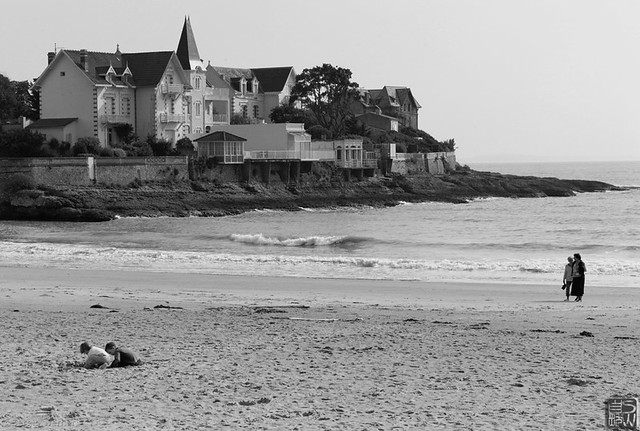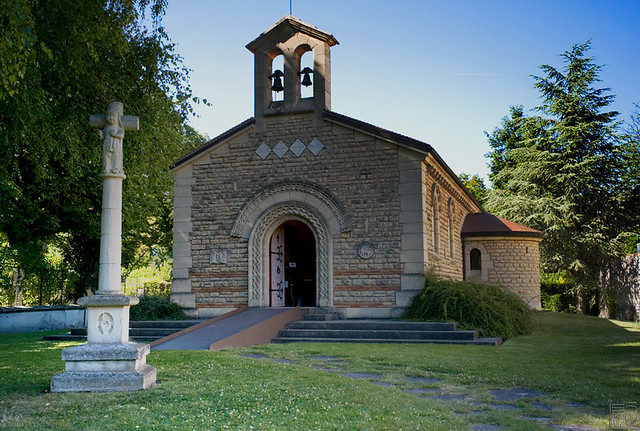18 September 2012
15 September 2012
6 September 2012
napoli il 26 dicembre 1916 | naples le 26 décembre 1916
Sotto questa tenda
di cielo imporrito
la terra
sloga
in un grande arco teso
e brilla poi
dissetata
Sous cette tente
de ciel moisi
la terre
se disloque
en un grand arc tendu
et brille ensuite
désaltérée
di cielo imporrito
la terra
sloga
in un grande arco teso
e brilla poi
dissetata
Sous cette tente
de ciel moisi
la terre
se disloque
en un grand arc tendu
et brille ensuite
désaltérée
4 September 2012
2 September 2012
la chapelle foujita
While I visit the Fujita Chapel I ponder that it intrigues me that resolutely modern and contemporary, 20th century artists, did turn to sacred art as a theme. I don’t mean those that had a spiritual element in their art, someone like Miro. The ones I think of are the ones that developed the traditional religious themes, the likes of Olivier Messiaen, Marc Chagall, Le Corbusier, Cândido Portinari. Or Fujita himself, a Japanese painter converted to Catholicism.
Each case is a case, from the strong conviction of a Messiaen, passing through the commissioned works done by Chagall, to the drive of an old man turned to religion like Fujita. Sacred art is not associated with avant-garde, and to a century when the élan was to increased freedom, it is curious that particularly traditional themes were the choice of these men. This choice was maybe their ultimate freedom, the freedom to inscribe themselves in tradition.
When visiting this chapel or attending any of the other works, I have this sensation that they transmit something subtle, something that is not present in other types of work. Something I should pay attention to, but I am unable to identify.
Each case is a case, from the strong conviction of a Messiaen, passing through the commissioned works done by Chagall, to the drive of an old man turned to religion like Fujita. Sacred art is not associated with avant-garde, and to a century when the élan was to increased freedom, it is curious that particularly traditional themes were the choice of these men. This choice was maybe their ultimate freedom, the freedom to inscribe themselves in tradition.
When visiting this chapel or attending any of the other works, I have this sensation that they transmit something subtle, something that is not present in other types of work. Something I should pay attention to, but I am unable to identify.
Subscribe to:
Posts (Atom)


